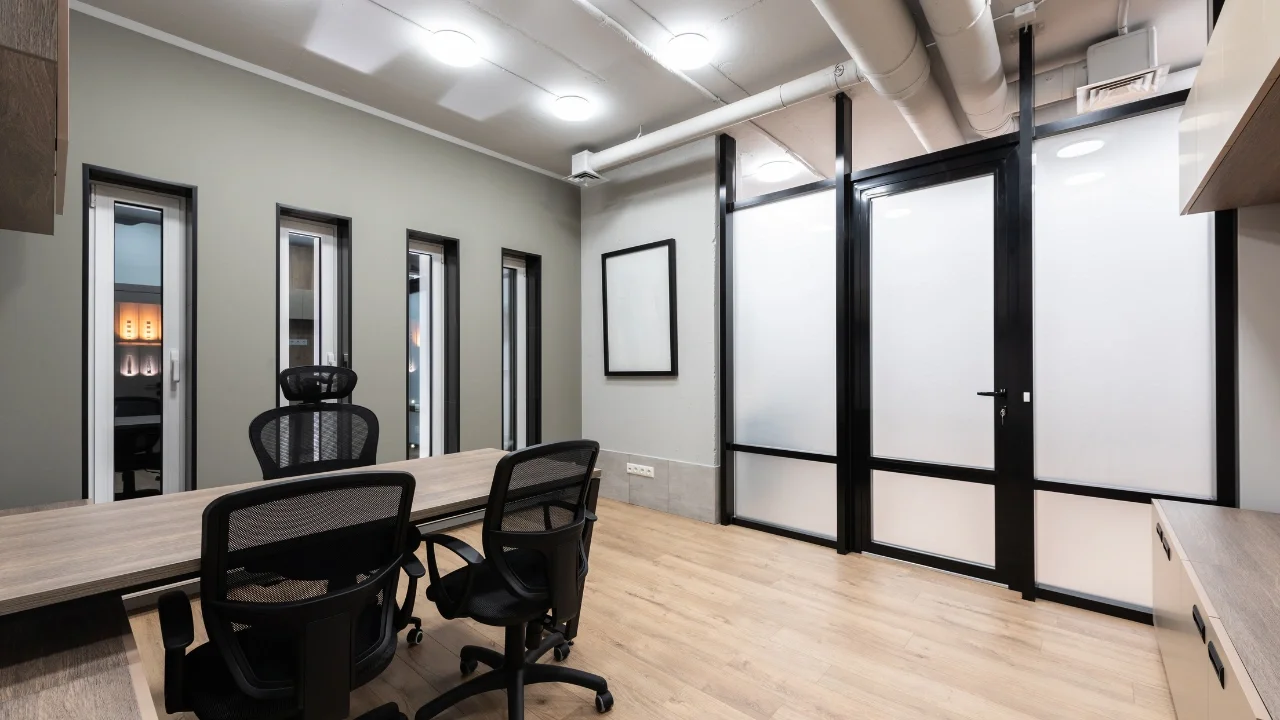Furniture procurement can be a complex and time-consuming task for organizations, often involving challenges such as tight budgets, lengthy approval processes, and the need for high-quality products. However, there is a strategic solution that can simplify this process: cooperative purchasing. This approach allows organizations to collaborate with others to leverage collective buying power, resulting in better pricing, faster procurement, and access to a broader range of furniture options.
What is Cooperative Purchasing?
Cooperative purchasing is a collaborative procurement method where multiple organizations, such as schools, government agencies, or nonprofits, join forces to purchase goods or services together. By pooling their resources, these entities can negotiate more favorable terms with suppliers than they might achieve individually. In the context of furniture procurement, this means organizations can secure high-quality furniture at reduced costs while minimizing the administrative burden typically associated with the buying process.
Key Benefits of Cooperative Purchasing for Furniture
The advantages of using cooperative purchasing for furniture are significant:
Cost Efficiency: By buying in bulk, organizations can take advantage of volume discounts, leading to substantial savings on furniture purchases.
Time Savings: Cooperative purchasing eliminates the need for lengthy bidding processes, as cooperatives often have pre-negotiated contracts with trusted suppliers.
Wider Product Selection: Cooperatives typically offer access to a diverse range of furniture options, ensuring organizations can find products that meet their specific needs.
Consistent Quality: With pre-vetted suppliers, organizations can be confident in the quality and durability of the furniture they purchase.
How Does Cooperative Purchasing Work?
The process of cooperative purchasing is straightforward and efficient:
Join a Cooperative: Organizations begin by becoming members of a cooperative purchasing group, which may involve a simple registration process and, in some cases, a membership fee.
Browse and Select: Members can then explore the cooperative’s catalog of pre-approved furniture options, which have been carefully selected for quality and value.
Place Orders: Purchases are made through the cooperative’s established agreements, simplifying the ordering, payment, and delivery processes.
Contract Oversight: The cooperative manages all contractual details, ensuring compliance with procurement regulations and favorable terms for members.
Real-World Success Stories
Organizations across various sectors have already experienced the benefits of cooperative purchasing:
Educational Institution Example: A university in Texas reduced its furniture procurement costs by 15% and cut its purchasing timeline in half by utilizing a statewide cooperative agreement.
Municipal Government Example: A city council in Florida streamlined its office furniture procurement, saving both time and taxpayer dollars by leveraging a national cooperative’s pre-negotiated contracts.
Best Practices for Maximizing Cooperative Purchasing
To fully capitalize on the advantages of cooperative purchasing, organizations should consider the following strategies:
Select the Right Cooperative: Research and choose a cooperative that aligns with your organization’s procurement goals and values.
Review Terms Carefully: Ensure you understand the cooperative’s pricing structures, supplier agreements, and any membership obligations.
Engage with Other Members: Collaborate with fellow cooperative members to identify shared needs and potentially unlock additional savings.
Monitor Performance: Regularly evaluate the cooperative’s offerings and supplier performance to ensure ongoing value.
Addressing Potential Challenges
While cooperative purchasing offers numerous benefits, it’s important to be aware of potential hurdles:
Restricted Supplier Choices: Some cooperatives may work with a limited number of suppliers. To mitigate this, explore multiple cooperatives or advocate for expanded supplier options.
Navigating Complex Contracts: Cooperative agreements can be detailed and complex. If needed, consult with procurement or legal experts to fully understand the terms.
Cooperative purchasing is an effective strategy for organizations seeking to optimize their furniture procurement processes. By harnessing the power of collective buying, organizations can achieve significant cost reductions, streamline procurement timelines, and access a wider array of high-quality furniture options. For any organization looking to enhance its procurement efficiency, cooperative purchasing is a solution worth exploring.








